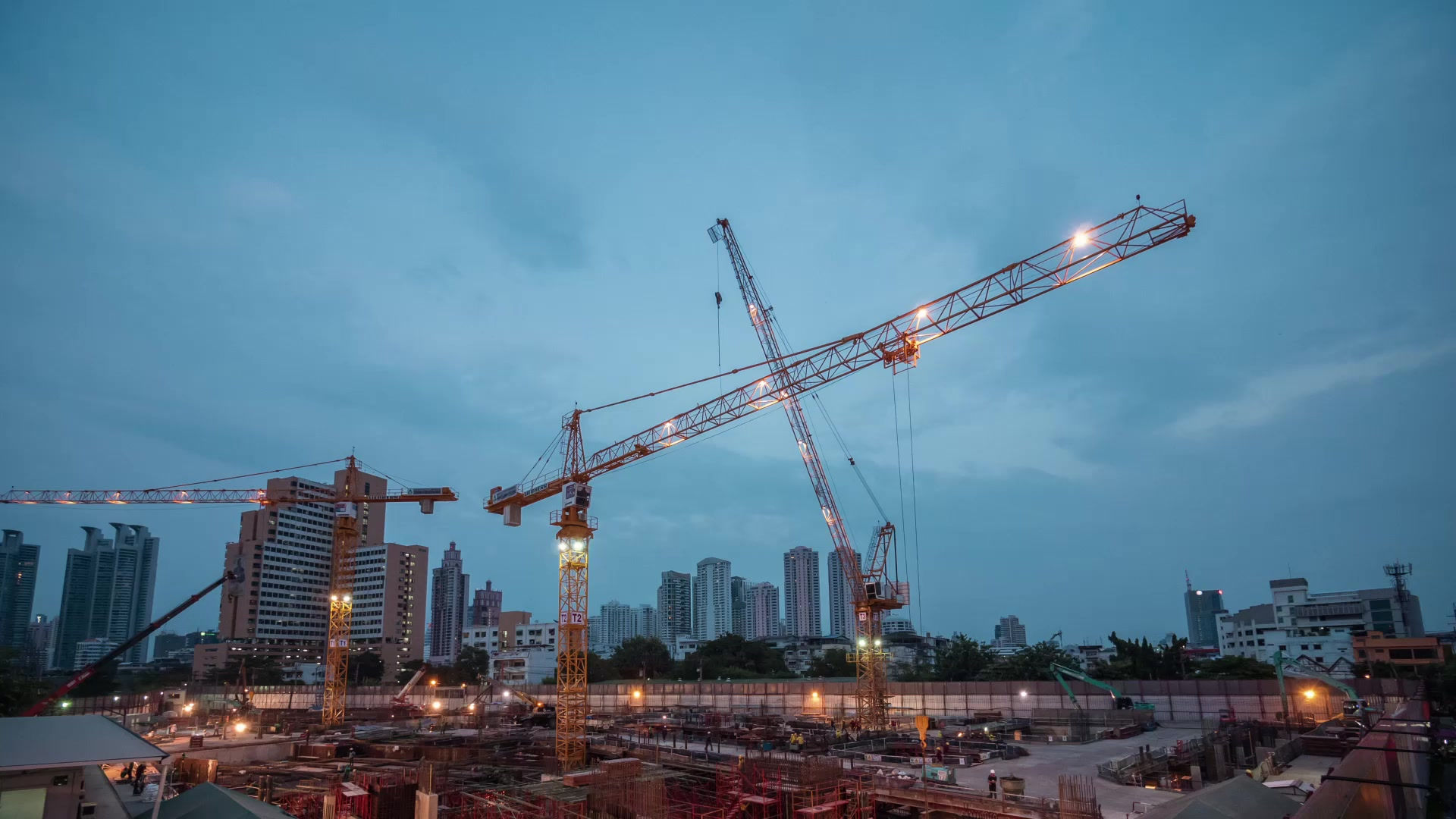Revolutionizing Construction with 3D Modeling: Boost Accuracy, Efficiency & Collaboration
- Joitech

- Sep 1
- 3 min read
The construction industry is undergoing a significant transformation thanks to technological advancements. Among these, 3d construction modeling stands out as a game-changer. This technology allows architects, engineers, and builders to visualize projects in three dimensions before the first brick is laid. It enhances accuracy, reduces errors, and streamlines communication among stakeholders. By integrating 3d construction modeling into workflows, construction projects become more efficient, cost-effective, and sustainable.

Understanding 3d Construction Modeling Benefits
3d construction modeling offers numerous benefits that improve the entire building process. Here are some key advantages:
Improved Visualization: Stakeholders can see a realistic representation of the project, making it easier to understand design intent.
Enhanced Collaboration: Teams from different disciplines can work on the same model, reducing misunderstandings.
Clash Detection: Identifying conflicts between structural, mechanical, and electrical systems early prevents costly rework.
Accurate Cost Estimation: Quantities and materials can be precisely calculated, helping to control budgets.
Time Savings: Faster design iterations and approvals speed up project timelines.
Sustainability: Optimizing designs for energy efficiency and material use supports green building goals.
For example, a commercial building project using 3d construction modeling reduced design errors by 30% and cut project delivery time by 20%. This demonstrates how the technology directly impacts productivity and quality.

Is AutoCAD for 3D Modeling?
AutoCAD is one of the most widely used software tools in the construction and design industries. While traditionally known for 2D drafting, AutoCAD has evolved to include powerful 3D modeling capabilities. It allows users to create detailed 3D objects, surfaces, and solids, which can be manipulated and visualized from multiple angles.
However, AutoCAD's 3D modeling features are often considered less specialized compared to dedicated Building Information Modeling (BIM) software like Revit or ArchiCAD. AutoCAD is excellent for conceptual designs and simple 3D models but may lack some advanced BIM functionalities such as integrated scheduling, cost estimation, and clash detection.
For construction professionals, AutoCAD can be a valuable tool for 3D modeling, especially when combined with other software in the design workflow. It supports exporting models to formats compatible with other BIM platforms, facilitating collaboration.

Practical Applications of 3d Construction Modeling
3d construction modeling is not just a design tool; it has practical applications throughout the project lifecycle:
Design Development: Architects use 3D models to explore design options and present concepts to clients.
Structural Analysis: Engineers analyze load-bearing elements and optimize structural integrity.
Construction Planning: Project managers simulate construction sequences to identify potential delays.
Prefabrication: Detailed models guide the off-site fabrication of components, improving precision.
Facility Management: After construction, 3D models serve as digital twins for maintenance and renovations.
For instance, a hospital construction project used 3d modeling to coordinate complex mechanical systems, avoiding clashes that would have caused delays. The model also helped train maintenance staff by providing a virtual walkthrough of the facility.
How to Implement 3d Modeling for Construction Successfully
To maximize the benefits of 3d modeling for construction, consider the following recommendations:
Choose the Right Software: Select tools that fit your project needs and team expertise.
Train Your Team: Invest in training to ensure all users can effectively operate the software.
Standardize Processes: Develop protocols for model creation, updates, and sharing.
Integrate with BIM: Combine 3D modeling with BIM for comprehensive project management.
Collaborate Early: Involve all stakeholders from the start to align expectations.
Use Cloud Platforms: Facilitate real-time collaboration and access to models from anywhere.
By following these steps, construction firms can reduce risks, improve quality, and deliver projects on time and within budget.
For more detailed insights and professional services, explore 3d modeling for construction.
The Future of Construction with 3d Modeling
The future of construction is closely tied to advancements in 3d modeling technology. Emerging trends include:
Integration with Virtual Reality (VR): Immersive VR experiences allow clients and teams to walk through models before construction.
Artificial Intelligence (AI): AI algorithms optimize designs and predict potential issues.
Automation and Robotics: 3D models guide automated machinery for precise construction tasks.
Sustainability Focus: Enhanced modeling supports eco-friendly materials and energy-efficient designs.
As these technologies mature, construction projects will become smarter, safer, and more sustainable. Embracing 3d construction modeling today prepares the industry for tomorrow’s challenges and opportunities.





Comments